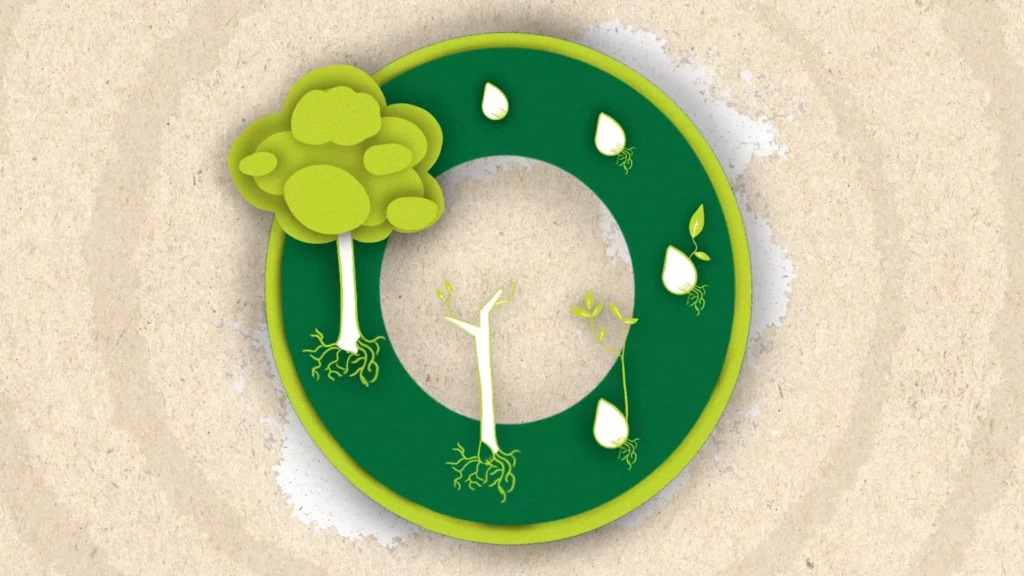Marketing psychologist Louis Cheskin gave scientific backing to the idea that the first impression is what counts. In the 1940s he formulated his theory of sensation transference, according to which the perception of any product by a potential buyer is conditioned by the aesthetic presentation of its packaging. It was something that many retailers and advertisers already sensed, but he confirmed it through a number of experiments that continue to be applied today in what is called sensory advertising, neuromarketing, and the most recent studies on the use of colour in advertising.
The history of both marketing and packaging are marked by this certainty. Combining the practical function of the product while intuitively “selling” certain values that we want to associate with the product has been a challenge for designers over the decades, and the more recent history of marketing demonstrates how a decision can save – or sink – a brand.
It is not only about distinctive design, such as the famous Coca-Cola silhouette; it is also about ensuring that the feelings associated with that design are those we intend to associate with our product. The Coca-Cola bottle is stylish, elegant, and practical because it adapts to the shape of the hand. Another example is the famous Toilet Duck, with the top of the bottle in the shape of a duck’s head; a design that is so distinctive and so associated with the brand that it is impossible to replicate. It is true even of newspapers, where – at the beginning of the 20th century – something as simple as the size and staples of the ABC (the oldest newspaper in Spain) communicated the idea that its readership was more “serious” than that of a tabloid being torn to shreds.
Studies by ICEX España (The Spanish Institute for Foreign Trade) have proven that gourmet Spanish food products have triumphed in countries such as Germany due to their presentation, which has had even more influence on the perception of exclusive products than the price. Small boxes, minimalist design, simple colours and an emphasis on the regionality and exclusivity of the product (be it Cantabrian anchovies or olives from southern Spain).
The most recent challenge in the evolution of packaging is ecodesign and sustainability in the context of the current climate crisis. It’s about a need for brands and an ever-growing demand from consumers, who consider reusability and durability of packaging as added value, something that resonates with the beginnings of the marketing of packaging in the 19th century, when soap and cereal brands competed to have the most eye-catching box with a practical use after the consumption of the product.
When it comes to paper and cardboard containers, which already have the advantage of being made from a sustainable material and in their production emit little CO2 and consume less energy than other materials, the key is in the design not only for reuse, but also in the ease of separation of materials and their recyclability.
A new revolution in marketing through packaging coincides with a revolution in consumption itself. Those who understand the key elements of ecodesign and make products recognizable based on the principles of the circular economy will also, by definition, be able to present them in packaging that respects those initial values.



